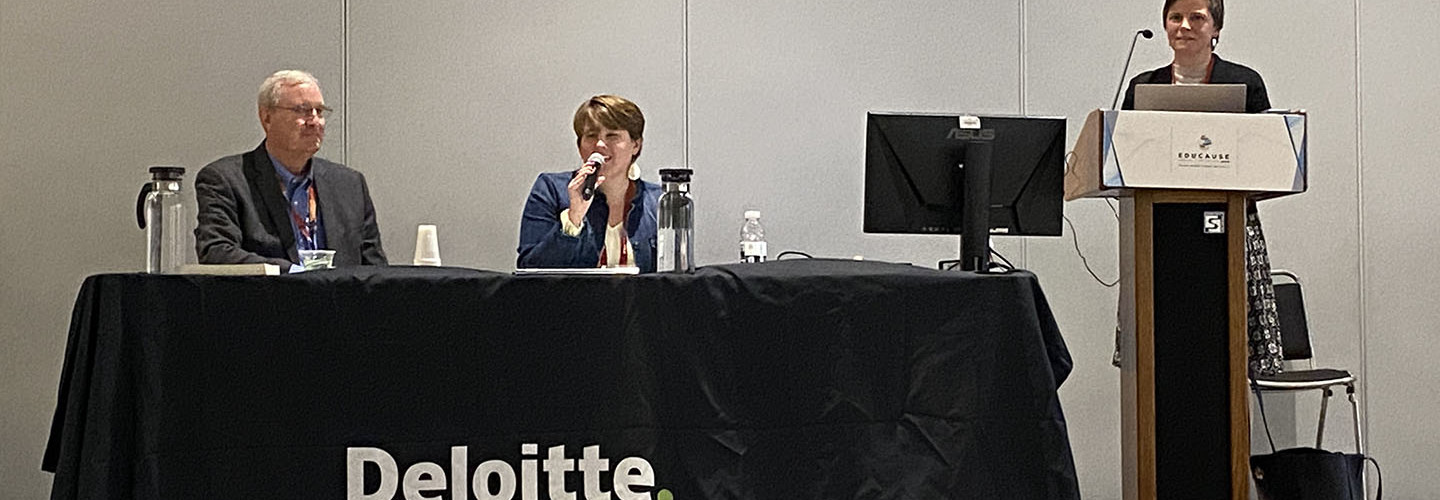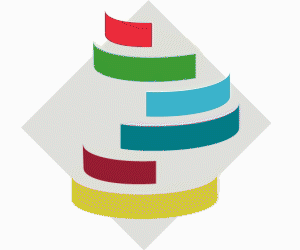The workplace is another evolving aspect of work, seen in the rise of alternative work models. As hybrid and remote work continue to gain traction, institutions must decide on the best location to perform work to maximize productivity, collaboration and consistency.
Considering the people involved is also vital when evaluating the future of work. The pandemic accelerated workforce trends that were already emerging, Cluver said. In some cases, it may be necessary to expand beyond the traditional full-time work model.
“We’re thinking about the requirement for skills versus the requirement for degrees, and whether those skill requirements are evolving as the role of IT teams is evolving over time,” Cluver said, citing a report from the Burning Glass Institute that says 46 percent of middle-skill jobs and 31 percent of high-skill jobs no longer require a college degree.
How Do Tech Trends Impact the Future of Work and the CIO's Role?
Deloitte’s 2022 Tech Trends report, Clark explained, is a broad look at where technology leadership is headed. The report focuses on three pillars that apply to IT in general — advancing the enterprise, optimization and projecting the future — but he pointed out a few trends specific to higher education.
Clark explained that there is value in breaking down data silos and sharing data between units for the greater good. Additionally, as higher education IT jobs continue to get more complex, tools like automation and artificial intelligence will only become more critical for optimizing these roles and staying ahead of the curve — especially when it comes to security, Clark said.
IT teams will demonstrate their value to leadership as strategic partners the most when they work toward applying future technology, Clark said. Blockchain is just one example of a technology that is emerging in the world of higher education, with things like digital credentials and transcripts that the IT department can help deliver.
These trends are shaping the role of the CIO of the future, according to Cluver. CIOs today should start with the end in mind, shifting the conversation to desired business outcomes and what it takes to deliver on that mission. They should also build a coalition of leaders to lay the foundation for effective change leadership and broad institutional buy-in.












